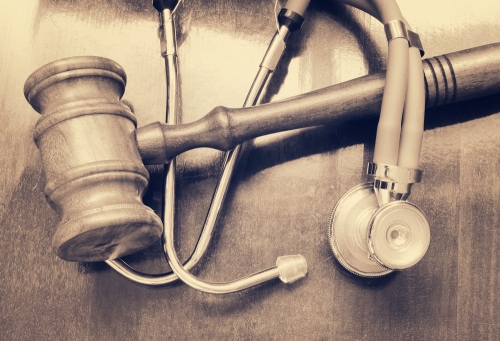 According to a new study published in the BMJ — formerly the British
According to a new study published in the BMJ — formerly the British
Medical Journal — researchers have determined that
medical errors are the third leading cause of death in the United States [1],
trailing only heart disease and cancer. Based on the results of the study,
medical errors result in the death of roughly 251,000 people each year.
That is over 100,000 more than the next highest leading causes of death,
respiratory disease (147,000), accidents (136,000), and stroke (133,000).
The study was led by Dr. Martin Makary, a professor of surgery at the Johns
Hopkins University School of Medicine, whose analysis included communication
breakdowns, system errors,
surgical errors, emergency room errors,
medication errors, anesthesia errors, and more. It also includes what are called medical
“never events,” such as operating on the wrong person, operating
on the wrong body part, or leaving a foreign object in a patient after surgery.
In 1999, the Institute of Medicine (IOM) called medical errors “an
epidemic.”[2] This has led to numerous discussions and debates about
what can be done to help reduce the number of deaths as a result of
medical malpractice. The 250,000 death-toll number translates to about 700 deaths each day
— about 9.5% of all annual deaths in the nation. The recent research
used four large studies from 2000 to 2008, including those conducted by
the Agency for Health and Human Services, as well as the Health and Human
Services Department’s Office of the Inspector General.
The study was conducted to highlight potential dangers that need to be
fixed. For example, the Center for Disease Control and Prevention (CDC)
does not have any standards in place that require medical professionals
to report medical errors in the data collected regarding death. Dr. Makary
urges to this to change so medical professionals would be required to
report when a preventable error leads to death.
Kenneth Sands, a healthcare quality director at Beth Israel Deaconess Medical
Center, not involved in the study, observed that the most surprising thing
about the medical error epidemic is that there has not been much improvement
in the safety precautions since the IOM report was released in 1999. The
only improvement, according to Sands, was in the rate of hospital-acquired
infections.
Dr. Makary suggested that medical facilities take a lesson from the way
the Federal Aviation Administration (FAA) approaches airplane crashes
and investigations. He said that the first step is to measure the problem
to determine the issue and cause. He claimed that in aviation accidents,
pilots learn from the results of investigations and results are widely
reported so others can understand what went wrong and avoid the same fate.
At Hampton & King, we know the devastation that medical errors cause
victims and their families. It is important for these individuals have
dedicated and committed representation on their side to help hold health
care providers accountable for their actions. Call our Houston medical
malpractice attorneys and discuss your potential claim with our devoted
team today. We may be able to help you seek the compensation you deserve
and obtain justice on your behalf.




